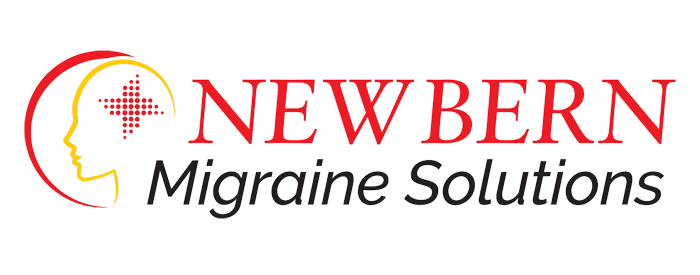Frequently Asked Questions
Massage & General FAQs
Most people have received massage therapy before but if you haven't, I'm sure you have questions! I've tried to include the most common questions here. If you have a question that isn't listed, please send me a message! Remember, the only question that is stupid is the one not asked!
Are you looking for relaxation?
You are looking for a Swedish massage or craniosacral therapy. Swedish massage involves a soft pressure allowing you to relax and enjoy the feeling of being pampered. Craniosacral therapy involves a light touch that allows the body to go deep into relaxation along with deep tissue releases in the body.
Are you looking for muscle relaxation and pain relief?
You are looking for a therapeutic massage. It allows you to experience relief from muscle tightness and pain. It is a firmer pressure of massage that allows deeper work through the layers of tissue of the body. It can be slightly painful when working on muscles that extra tight or that contain 'knots' known as trigger points.
Are you currently pregnant?
You are looking for a prenatal massage. This type of session uses bolsters specially designed for the mommy-to-be so that she is able to lie comfortably during her session.
Are you looking an alternative method for dealing with stress, anxiety? Wanting help with smoking cessation, weight loss?
You are looking for a hypnotherapy or hypnomassage session. Hypnotherapy is a way of solving personal problems through reaching a deeply relaxed state of mind. Hypnomassage is a blending of hypnotherapy and massage.
All clients should arrive 10-15 minutes prior to their appointments to discuss what your goals are for the session and to allow time to undress before your appointment start time.
Your session time consists of the total amount of hands on time from the beginning of your appointment time. That is why it's crucial that you show up at least 15 minutes prior to your appointment time so that you can get your full amount of hands on time. If you arrive on or after the time of your appointment, the time for you to dress and undress and the time to communicate with me how I can truly customize your session will take away from the amount of hands on time you will receive.
